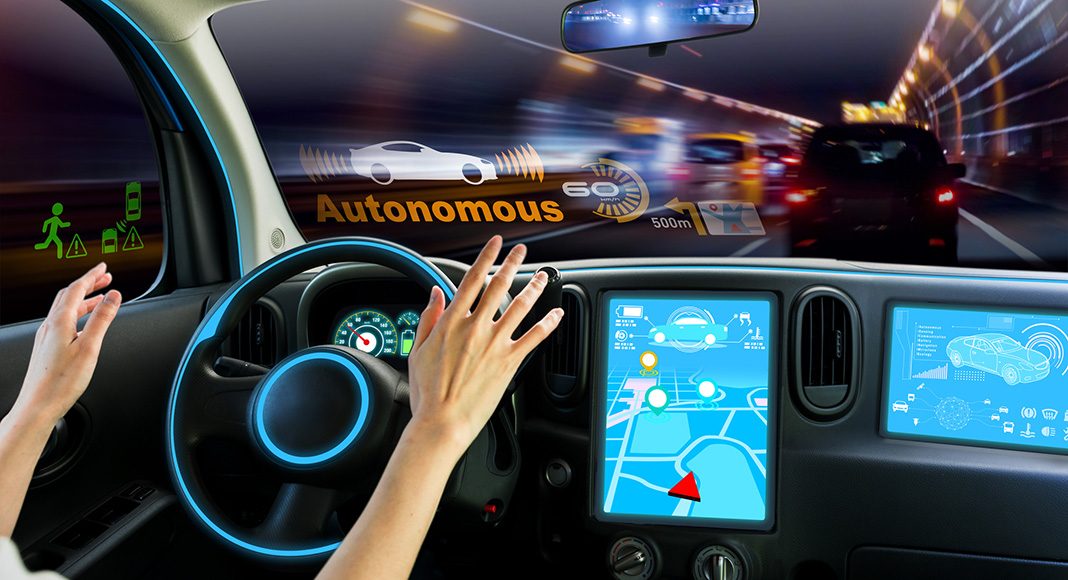There will continue to be crashes, injuries, and fatalities involving automated vehicles (AVs), especially for the many years when AVs share the road with vehicles driven by humans, according to a new report.
The Governors Highway Safety Association’s (GHSA’s) report, Preparing for Automated Vehicles: Traffic Safety Issues for States, funded by State Farm, finds that most AVs for the foreseeable future will share driving responsibility with humans, and are likely do so for many decades.
“Imperfect human drivers aren’t disappearing anytime soon and even with self-driving technology, they will still be in a position to cause crashes, deaths, and injuries on our roads,” said Jonathan Adkins, GHSA Executive Director. “As autonomous vehicle technology advances, states still must invest in programs to prioritize safe travel behavior.”
The report raises the issue that autonomous technology short of full automation presents a number of behavioral safety issues related to how operators and passengers use the technology. Inattention is of particular concern when operators expected to monitor driving may not do so as diligently as they should, and even an operator who does not need to monitor the road for long periods of time may not be able to quickly re-engage if distracted.
“States need to consider a number of new issues related to the practical deployment of this technology,” said author Dr. Jim Hedlund. “One of the most important goals should be to educate the public about the benefits and risks of this technology, how to use it safely, and drive near AVs in traffic.”
Developed with input from an advisory panel of experts representing various industry organizations, the report shows that many consumers remain skeptical about AVs.
“Many people are unconvinced of the safety benefits of AVs and unwilling to share the road or to ride in them,” said Ryan Gammelgard, Counsel at State Farm. “However, research suggests that public enthusiasm and support will grow as people learn more about AVs and are able to experience them first-hand, and if there is objective proof that the technology operates better than humans.”
The report recommends that states:
- Consider laws requiring or assuming that a licensed driver is present in each vehicle, especially for AVs in which a licensed driver may be called upon to take control.
- Update traffic laws to accommodate AVs and help to prepare state driver licensing agencies to identify and register AVs.
- Establish law enforcement policies and procedures regarding AV operations and train all patrol officers in these policies and procedures. Law enforcement will need to know how to handle AVs in traffic stops and crashes, and plan for how AVs might change the nature of traffic enforcement.
The full report is available at ghsa.org/resources/AutonomatedVehicles18.



















